At the Boao Forum for Asia 2025 in Hainan Province (China), Vivo officially introduced Robotics Lab, a laboratory specializing in the research and development of home robots. This is an expansion of the core technology platform that the company has developed over the years in the fields of mobile and AI.
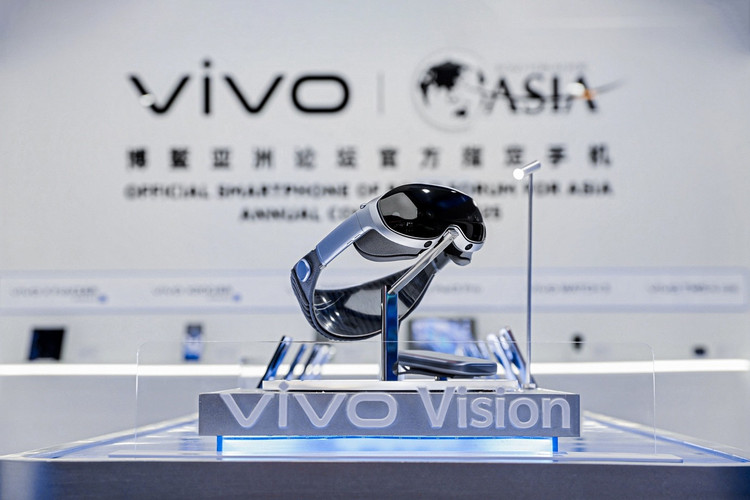
The lab’s goal is to create robots that can assist users in their daily activities, said Hu Baishan, executive vice president and chief operating officer of Vivo. Robots not only need to be able to move, but also need to “see,” “hear,” “analyze,” and “respond” accurately to each situation. Therefore, Vivo will focus on developing the “brain” and “eyes” of the device in parallel – that is, the AI and computer vision platform.
The lab is built on an internal technology ecosystem called BlueTech, which includes the following components: BlueLM (language model), BlueImage (image processing), BlueOS (operating system), BlueChip (microprocessor) and BlueVolt (power source). These platforms have been applied by Vivo to products such as the vivo Vision mixed reality glasses, and are now being integrated into the robot control and operation system.
Vivo's development direction is user-centric, prioritizing ease of use, flexible response, and data security. The first robot models will focus on basic household support functions such as moving in space, recognizing images, monitoring the environment, and providing instant information to users.
Vivo currently has over 1,000 AI experts working at its research centers in Asia. The company has accumulated significant experience in image processing, spatial vision, and conversational AI – the foundation for a systematic and technically deep transition into robotics.
However, this step also faces many challenges. The home robot market has a strong presence of brands such as Xiaomi, Ecovacs, Amazon or Dyson. Building trust from users, creating products with high practical applicability, and developing an ecosystem of software and accompanying support services are not easy problems to solve.
Vivo representatives said the company will prioritize developing its own technological capabilities instead of just launching short-term commercial products. The announcement of the robotics lab is not attached to a specific device launch time, showing a long-term development orientation and gradually expanding the ability to produce consumer robots.
Although the first lab is located in China, Vivo is likely to continue to deploy research or production centers in Southeast Asia, including Vietnam - where the company has built a stable market share in the smartphone segment. This could be the next springboard for the brand to further penetrate the field of AI-based home appliances.
Source: https://khoahocdoisong.vn/vivo-che-tao-robot-gia-dinh-bang-cong-nghe-ai-rieng-post1553917.html







![[Photo] Prime Minister begins trip to attend SCO Summit 2025 in China](https://vphoto.vietnam.vn/thumb/1200x675/vietnam/resource/IMAGE/2025/8/31/054128fff4b94a42811f22b249388d4f)


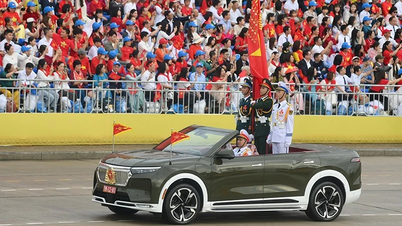













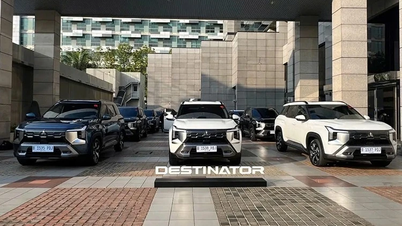




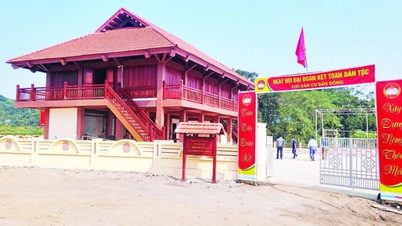































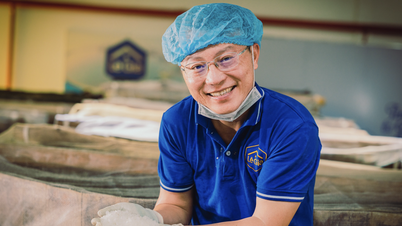














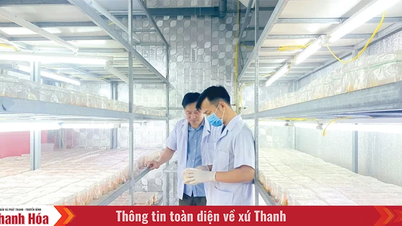




















Comment (0)